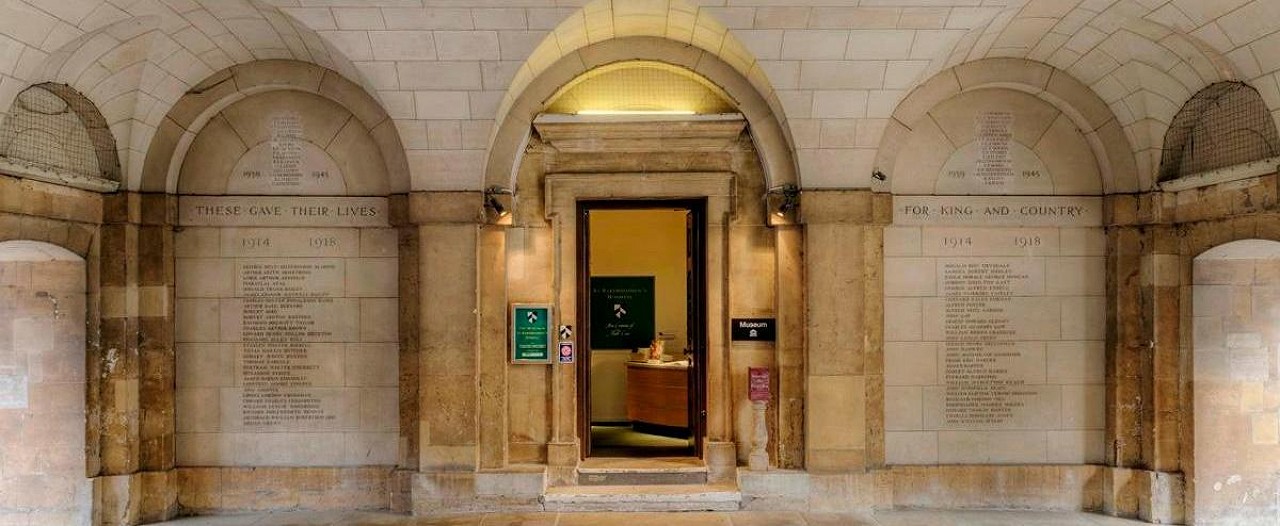


You can’t have a hospital that dates back to 1123 without a museum to tell its story, can you?
Situated a stone's throw from St Paul’s Cathedral, the Museum of London, Barbican and the historic Smithfield market, the museum shows how St Bartholomew's Hospital has been part of the fabric of London since the twelfth century.
The hospital's long history is brought to life through the permanent exhibition of original and facsimile archives, objects and works of art, including Rahere’s grant of 1137 - the oldest document in the hospital archives, and the 1546 agreement between Henry VIII and the City of London which refounded the hospital.
The museum is located in the hospital’s historic North Wing and overlooks the famous 18th century square designed by James Gibbs. You can get up close to the vast and spectacular paintings by William Hogarth. .
While you are here, you could also visit the Norman priory church founded by Rahere, now known as St Bartholomew the Great, which is only a few minute’s walk from the museum or the hospital church, Bartholomew the Less, on the hospital site.
Visiting us
Our museums are free to enter, though a donation towards maintaining the collection is appreciated.
Open Tuesday to Friday, from 10am to 4.00pm (closed over Christmas, New Year, Easter and public holidays) – we occasionally have to alter our opening times, so please call 020 3465 5798 before you make a special visit. The museum will close for the Christmas break on Friday 22 December , and reopen on Tuesday 2 January 2018.
Wheelchair access, and texts of audio displays are available on request. There is an induction loop in the museum. For more details about our access provisions please download our Access Statement. For more details about our access provisions please download our Access statement [pdf] 323KB.
Groups
Groups of up to 25 people are welcome. We suggest larger groups of more than 25 split into smaller groups and stagger their visit.
School groups
St Bartholomew’s Hospital has been providing care on the same site for nearly 900 years, and school groups will have the opportunity on their visit to find out about the changing face of the hospital through the centuries.

